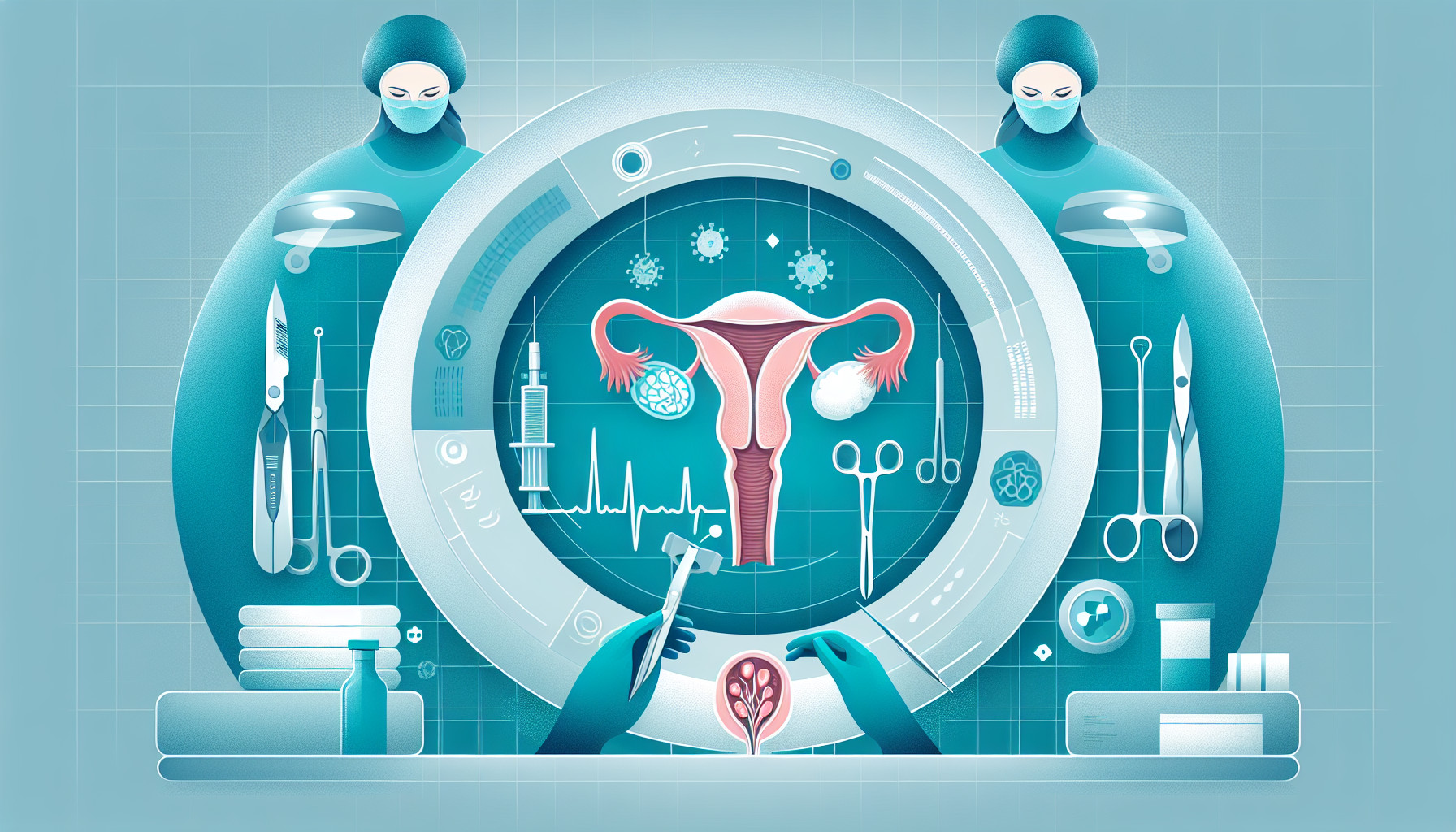Our Summary
This research paper discusses a rare medical condition called Cytochrome P450 oxidoreductase deficiency (PORD). This condition, caused by specific gene mutations, can lead to problems like bone deformities, ambiguous genitalia, and menstrual issues.
Thanks to advances in medical genetics, doctors are seeing more cases of PORD and understanding it better. However, diagnosing and treating PORD is still challenging. This is because its symptoms can overlap with other conditions, and there aren’t clear treatment guidelines. If not managed properly, PORD can lead to serious problems, including incorrect sex assignment, loss of fertility due to surgery, and potentially life-threatening conditions.
The specific mutation a patient has, along with other genetic or environmental factors and how the condition is managed, can influence how severe the condition is. Some patients may have a nearly normal appearance and can even have successful pregnancies with medical assistance.
To improve outcomes, the paper highlights the importance of timely diagnosis and management. This includes prenatal testing and careful evaluation to avoid severe complications. Hormone replacement therapy can also be beneficial and can even help some women with PORD deliver healthy babies through in vitro fertilization. However, the medication used in treatment can sometimes have adverse effects due to the gene mutations associated with PORD.
The paper particularly focuses on female patients with PORD, discussing the unique challenges they face, such as ovarian cysts prone to rupture, masculinized genitalia, and impaired fertility. The authors aim to summarize the causes, diagnosis, and tailored treatments for PORD to help improve health outcomes and fertility in these patients.
FAQs
- What is Cytochrome P450 oxidoreductase deficiency (PORD) and what are its symptoms?
- How does the specific gene mutation in PORD patients affect the severity of the condition?
- What are the recommended treatments and management strategies for female patients with PORD?
Doctor’s Tip
In the case of ovarian cyst removal, a doctor may advise the patient to follow post-operative care instructions carefully to promote healing and prevent complications. This may include avoiding strenuous activities, keeping the incision site clean and dry, and taking any prescribed medications as directed. It’s important to follow up with your doctor for any scheduled appointments to monitor your recovery progress and address any concerns. Additionally, maintaining a healthy lifestyle with regular exercise and a balanced diet can help prevent the recurrence of ovarian cysts in the future.
Suitable For
Patients with ovarian cysts, especially those with PORD, may be recommended for ovarian cyst removal if they experience symptoms such as persistent pelvic pain, bloating, and pressure. In some cases, the cysts may grow larger in size, causing complications such as twisting of the ovary (ovarian torsion) or rupture, which can lead to severe pain, bleeding, and potentially life-threatening conditions.
Patients with PORD may also be recommended for ovarian cyst removal if the cysts are causing hormonal imbalances or affecting fertility. Ovarian cysts can interfere with normal ovulation and menstrual cycles, leading to difficulty getting pregnant. In these cases, removing the cysts may help restore hormone levels and improve fertility.
Overall, the decision to recommend ovarian cyst removal for patients with PORD will depend on the specific symptoms, the size and type of cysts, the patient’s overall health, and their fertility goals. It is important for patients to discuss their options with their healthcare provider to determine the best course of action for their individual situation.
Timeline
Before ovarian cyst removal, a patient may experience symptoms such as pelvic pain, bloating, irregular menstrual cycles, and difficulty urinating or having bowel movements. They may undergo imaging tests such as ultrasounds or MRI to diagnose the ovarian cyst and determine its size and location. Depending on the size and symptoms of the cyst, the patient may be prescribed pain medication, hormonal birth control, or undergo watchful waiting.
After ovarian cyst removal, the patient may experience some pain and discomfort in the pelvic area as they recover from surgery. They may also have restrictions on physical activity and sexual intercourse for a certain period of time. The patient will have follow-up appointments with their healthcare provider to monitor their recovery and ensure that the cyst does not return. In some cases, the patient may be advised to undergo fertility treatments if the cyst removal affects their reproductive health.
What to Ask Your Doctor
Some questions a patient should ask their doctor about ovarian cyst removal include:
- What type of ovarian cyst do I have and what are the risks associated with it?
- What are the different treatment options available for removing the ovarian cyst?
- What are the potential complications or side effects of the procedure?
- How long is the recovery period after ovarian cyst removal?
- Will removing the ovarian cyst affect my fertility?
- Are there any alternative treatments or medications that could be considered instead of surgery?
- How often do ovarian cysts typically recur after removal?
- What follow-up care or monitoring will be necessary after the procedure?
- Are there any lifestyle changes or precautions I should take to prevent future ovarian cysts?
- How will removing the ovarian cyst impact my overall health and well-being?
Reference
Authors: Wang C, Tian Q. Journal: Front Endocrinol (Lausanne). 2023 Aug 11;14:1226387. doi: 10.3389/fendo.2023.1226387. eCollection 2023. PMID: 37635957
